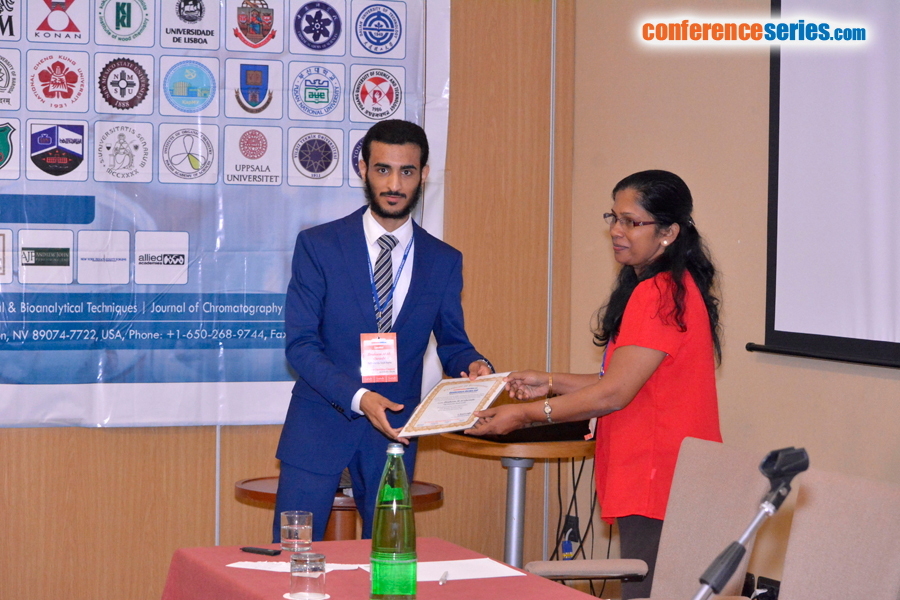
Ibraheem M Al-Qurashi
Taif University, Saudi Arabia
Title: Effect of preanalytical techniques and variables on plasma ammonia determination
Biography
Biography: Ibraheem M Al-Qurashi
Abstract
Ammonia concentration may increase or decrease due to the mishandling of blood specimens. Among the factors that affect ammonia concentration, blood collection, type of anticoagulant, promptness of centrifugation, temperature and complete filling of blood collection tube. Materials & Methods: Venous blood samples from ten (n=10) healthy volunteers (25±1.0 years old) were collected into three types of collection tubes (sodium –citrated tube, lithium heparin tube and plain tube). The effect of filling the specimen in the collection tube, the effect of centrifugation forces on the concentration of ammonia and the effect of anti-coagulated blood and coagulated blood samples were investigated. Results: Significant difference (p<0.01) between the ammonia concentration in heparinized plasma samples and those from sodium citrated plasma samples ((p< 0.01). Ammonia concentrations in plasma samples obtained from anti-coagulated blood samples were significantly different from those in serum samples (p < 0.01). The half filled sodium citrated blood collection tubes have a slightly higher ammonia concentration than one with completely filled (p>1.0). In the inadequately centrifuged samples, the plasma ammonia levels were significantly higher than those in the adequately centrifuged sodium citrated plasma samples (p < 0.01). Conclusion: The present study was carried out to investigate the effect of some factors on ammonia concentration. It is recommended to use the sodium citrated plasma as proper sample for the determination of ammonia levels. The blood sample must be thoroughly mixed with anti-coagulant as clotted sample should be rejected. Adequate centrifugation of blood samples is essential at 1500 X g.







